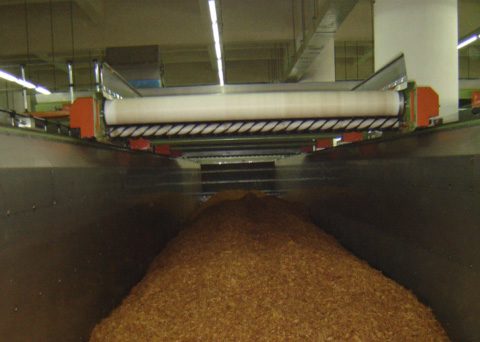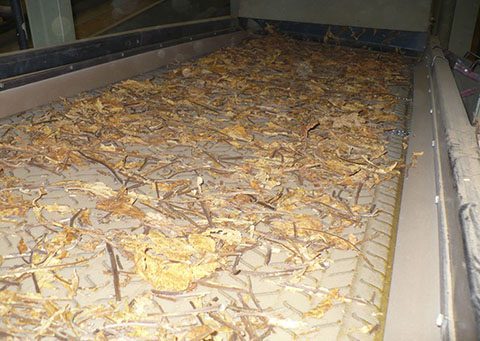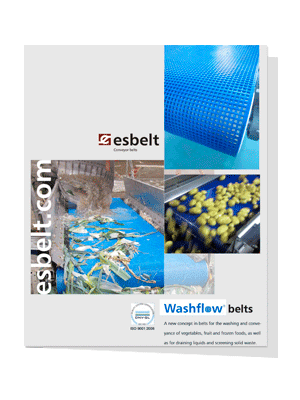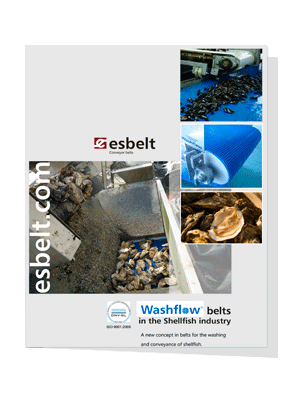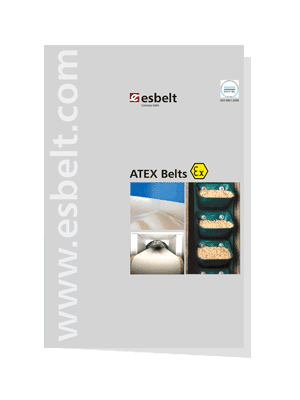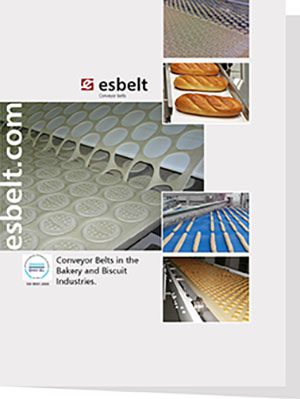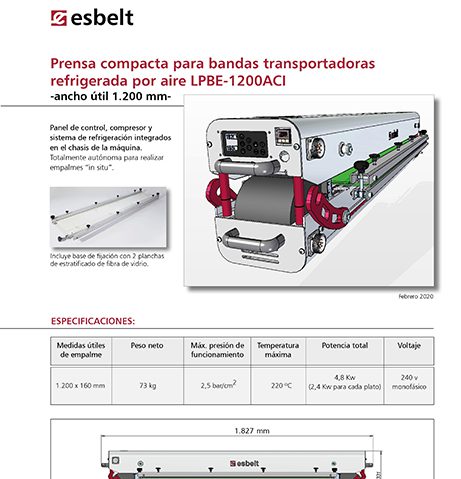Polyolefin
The generic term of polyolefin includes all the plastic materials synthesized from aliphatic hydrocarbons of short chain (olefins), which join, one behind the other, and form a long chain with high molecular weight.
In the same group of polyolefins one also includes the polyethylene, the polypropylene and some other polymers with minor commercial importance.
Generally, all the polymers composed from olefins have an excellent chemical resistance, low density, they are translucent or transparent and, in many cases, flexible even in low temperatures.
The difference between polyolefine and plasticized PVC is that it does not contain plasticizer or any other components which can be extracted easily.
The olefin polymers used by esbelt for producing our belts in the VERNA series, fulfill the specifications of the FDA and EU Regulation 10/2011 and is permitted to be used in contact with foodstuff.
Polyolefin features:
- Its combustion produces hardly anything other than carbon dioxide and water vapour, and there is not even the remotest chance of any nitrogen or halogenous compounds escaping. This result passes the pyrolisis test which is a requirement in the tobacco industry, which was started in the U.S.A. and it is now generalized all over the world.
- Easy to clean.
- Good resistance to chemical products in general.
- Low density.
- Our polyolefin fulfills the FDA and EU 10/2011 food regulations.
esbelt’s polyolefin belts:
